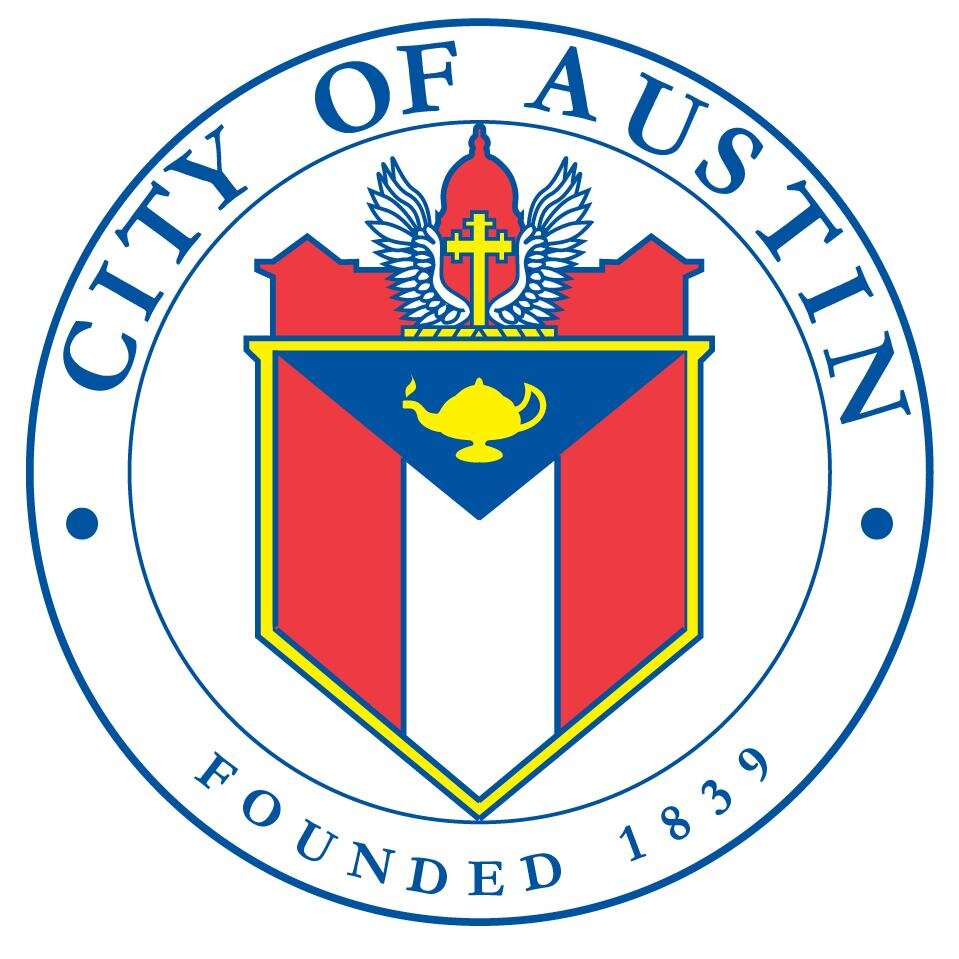What is the Paycheck Protection Loan Program?
The Paycheck Protection Program (PPP) is a brand-new loan program structured around the SBA’s existing 7(a) loan program and will fund loans to qualifying small businesses.
Who is eligible for the Paycheck Protection Program?
A business, including a qualifying nonprofit organization, is eligible for PPP loans if it (a) meets the applicable North American Industry Classification System (NAICS) Code-based size standard or other applicable 7(a) loan size standard, both alone and together with its affiliates; or (b) has an employee headcount that is lower than the greater of (i) 500 employees or (ii) the employee size standard, if any, under the applicable NAICS Code. Businesses that fall within NAICS Code 72, which applies to accommodations and food services, are also eligible if they employ no more than 500 people per physical location. Sole proprietorships, independent contractors, and self-employed individuals are also eligible. More information on the NAICS-Code-based size standards can be found here.
How do business affiliates affect borrower eligibility for PPP loans?
Applicants typically must include their affiliates when applying size tests to determine eligibility. However, the CARES Act waives the affiliation requirement for the following applicants:
Businesses within NAICS Code 72 with no more than 500 employees;
Franchises with codes assigned by the SBA, as reflected on the SBA franchise registry; and
Businesses that receive financial assistance from one or more small business investment companies (SBIC).Who can make PPP loans?
Who can make PPP loans?
Banks that are currently approved SBA 7(a) lenders and other banks that get approved by the SBA and the Treasury Department to specifically become PPP lenders. PPP lenders will be delegated authority to make and approve PPP loans, with no additional SBA approval required. Search the SBA lender tool.
What underwriting standards will PPP lenders use?
PPP lenders will only be required to consider whether an applicant was in operation on February 15, 2020, and either had employees for whom it paid salaries and payroll taxes or paid independent contractors. Applicants will not be required to demonstrate repayment ability.
What is the maximum loan amount for a PPP loan?
The maximum PPP loan available to any business is 2.5 times the average monthly payroll costs of the business over the year prior to the date of the PPP loan, excluding the prorated portion of any annual compensation above $100,000 for any person. There are some adjustments for seasonal employers and an overall maximum loan amount of $10 million.
How can PPP loan proceeds be used?
- PPP loan proceeds can be used for:
- Payroll costs;
- Group healthcare benefit costs and insurance premiums;
- Mortgage interest (but not prepayments or principal payments) and rent payments; and Interest on debt that existed as of February 15, 2020.
What is considered a payroll cost for PPP loan purposes?
“Payroll costs” include vacation, parental, family, medical and sick leave; allowances for dismissal or separation; payments for group health care benefits, including insurance premiums; and retirement benefits. Calculations vary slightly for seasonal businesses and businesses that were not in operation between February 15 and June 30, 2019.
Will PPP loans be forgiven?
PPP loans can be forgiven to the extent that the loan proceeds have been used for payroll costs and the following:
Certain utilities, including electricity, gas, water, transportation, and phone and Internet access for service that began before February 15, 2020; and
Additional wages paid to tipped employees.
These costs must be incurred and paid during the eight weeks after the loan is made.
The amount forgiven will be reduced based on failure to maintain the average number of full-time equivalent employees versus the period from either February 15, 2019, through June 30, 2019, or January 1, 2020, through February 29, 2020, as selected by the borrower.
The amount forgiven is also reduced to the extent that compensation for any individual making less than $100,000 per year is reduced by more than 25 percent measured against the most recent full quarter.
Reductions in the number of employees or compensation occurring between February 15, 2020, and 30 days after enactment of the CARES Act will generally be ignored if the action (layoff or salary reduction) is reversed by June 30, 2020.
Forgiven amounts will not be considered cancellation of indebtedness income for federal tax purposes.
What are the primary terms of the PPP loans?
Any amount not forgiven as described above will bear interest at a maximum rate of 4 percent and mature no later than 10 years after the amount of forgiveness is applied.
When will payments begin on PPP loans?
Payments on PPP loans will be deferred for 6 to 12 months.
What are the terms of the deferral on PPP loans?
SBA will issue guidance on the terms of the deferral period.
Do PPP loans have collateral or personal guaranty requirements?
PPP loans have no collateral or personal-guarantee requirements. There will be no recourse to owners of borrowers for nonpayment, except to the extent proceeds are used for an unauthorized purpose.
Are PPP loans guaranteed by the government?
PPP loans are backed by a 100 percent guaranty from SBA.
What fees will have to be paid to the SBA on PPP loans?
The SBA has waived prepayment penalties, guaranty fees and the annual fee applicable to other 7(a) loans.
Related Links
- Texas Department of State Health Services: Coronavirus Disease 2019 (COVID-19)
- Coronavirus Aid, Relief, and Economic Security Act: What Small Businesses Need to Know
- SBA Coronavirus (COVID-19): Small Business Guidance & Loan Resource
- COVID-19 Economic Injury Disaster Loan Application
- National Governors Association
- National Conference of State Legislatures: State Fiscal Responses to Coronavirus (COVID-19)
- IRS: Filing and Payment Deadline Extended to July 15, 2020

 Austin Small Business Development Program
Austin Small Business Development Program Small Business Adminstration
Small Business Adminstration